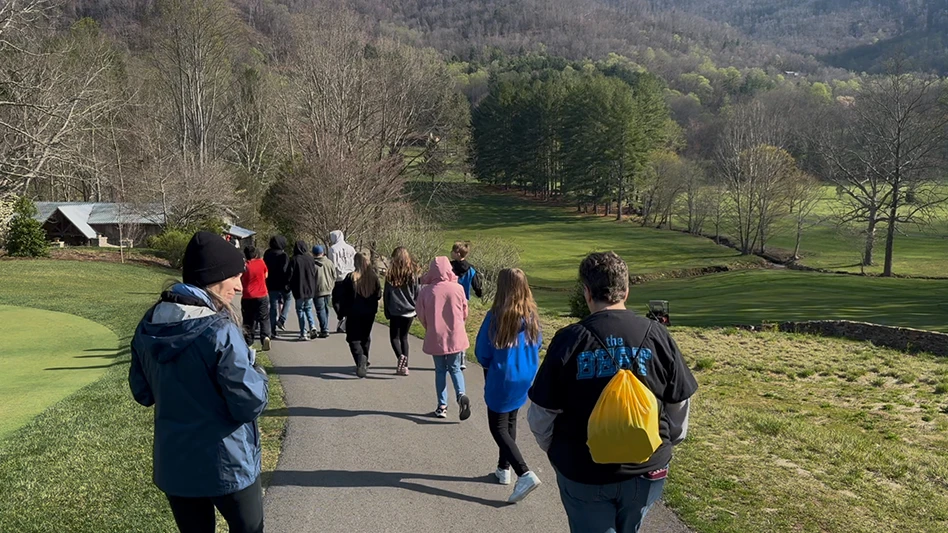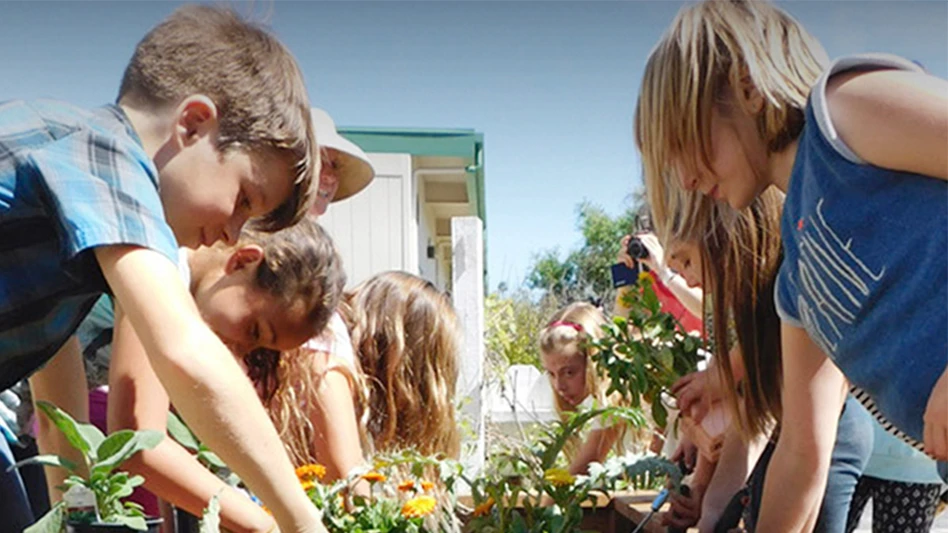

Clay Batson is wired for competition — even when the wire in question better describes the fishing line on his reel rather than the technology installed in his boat.
Batson is the director of grounds at The Ritz-Carlton Members Club in Sarasota, Florida, and his competitive nature helps him manage and maintain its 145 acres of turfgrass to exacting standards. He is also a regular on the bass fishing circuit, casting from the boat for almost 90 events throughout the last couple decades, raising plenty of team trophies during his years growing up just outside Athens, Georgia. In March 2020, he even emerged victorious at a Major League Fishing Bass Fishing League competition at Lake Toho in Kissimmee, Florida, bringing to the scale five bass that weighed a combined 34 pounds, 8 ounces.

“I’m a pretty good bass fisherman,” Batson says, perhaps underselling himself some. “I still eat, sleep, and breathe it, and I do it as often as I can.” He even dreams about fishing fulltime. The only opening on his schedule is likely about seven years away, when his younger son completes high school and he and his wife might be able to hit the road and the water. “I better be in a good financial position to do it,” he says with a laugh, “because it is a big risk, for sure.”
Until then, Batson is happy to pursue his other great passion: turfgrass. He worked about five years at The Ritz-Carlton Golf Club & Spa in Jupiter, now called Trump National Golf Club, Jupiter, then moved for about five years to The Ritz-Carlton, Grand Cayman — where the weather and golf were incredible, but the bass fishing fell far short. He returned to Florida about five years ago and has helped improve Members Club every season. A summer 2018 bunker overhaul helped. So has incorporating a plant growth regulator program he launched in Jupiter and has developed over the last decade.
“We want to try to improve every day and be the best we can be,” says Batson, whose 21-person crew includes impressive young superintendent John Lucas. “I’ve found that growth regulators help us be the best we can be as far as saving labor, as far turf density improvements and growth habit.”
Batson started with SePRO’s Legacy on TifSport Bermudagrass and Cutless on landscaped areas — normally sticking close to the label rates and applying about five to six per acre per month during the coldest months, about six to eight ounces throughout spring and fall, and about 10 to 12 ounces when summer sun bakes Florida. Applications are scheduled about every other week, and never more than four weeks apart. He relied on Legacy even more during his years in the Caymans, where he handled paspalum.
Among the extra benefits of his aggressive but measured PGR approach: Legacy acts like a DMI fungicide and, because Batson sprays it throughout the year, winter leaf spot all but disappears from the turf. “It’s been a game-changer for us, just being able to promote better density in the turfgrass plant and save labor,” he says. “We only mow fairways once or twice a week during winter months. We can go out and roll ’em instead to remove dew.”
“Right now, we’re growing again, so May applications are eight ounces to the acre, and then we keep ramping that up as we get into the summer. Our density’s there, our growth habit’s there, we’re mowing it between .550 and .500, but I have people come out asking if I’m mowing at .350. I tell them, ‘No, I’m not.’ That’s the difference between the verticality without using the regulator and then just the better lateral density that it promotes. It’s been a home run, for sure.”
Or, to stick with fishing parlance, like reeling in a 12-pound bass.

Explore the July 2023 Issue
Check out more from this issue and find your next story to read.
Latest from Golf Course Industry
- From the publisher’s pen: Watery dilemma
- The Aquatrols Company hires marketing manager
- Renovating Bredemus in West Texas
- Renovation starts at Okatie Creek GC at Sun City Hilton Head
- The Fittest Podcast in Turf: Episode 1
- New 6-hole course debuts in Oklahoma
- GCSAA announces Grassroots Ambassador Leadership Award recipients
- Reel Turf Techs: David Gummo





